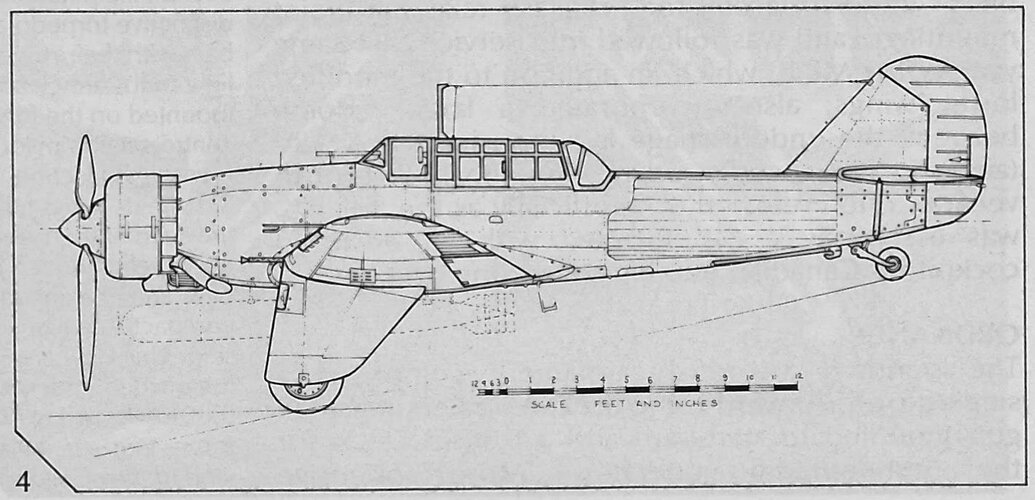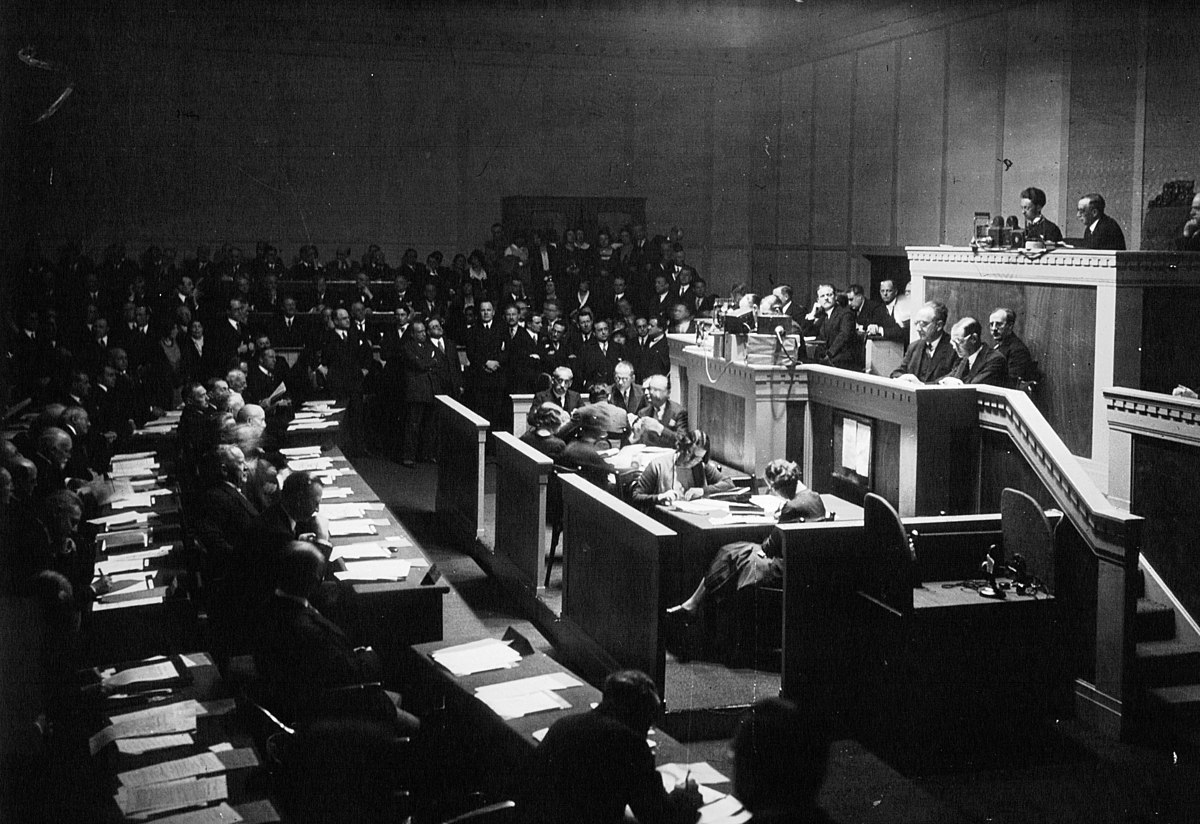Scrap any plans to build Stirling, Halifax, Whirlwind, dispose of the Typhoon/Tornado if/when they become too troublesome. Then reassign workers, resources and government funds to the Beaufort/Beaufighter, the DH98 and the Avro 679/683 (and the Hurricane and Spitfire, naturally) and the Sunderland/Seaford
Three heavy bombers was too many, but what would have happened if the Manchester had never become the Lancaster or the transformation had not been as easy and successful as it was? The Halifax needs to stay IMHO, at least until the Lancaster has proved itself.
The changeover from Beaufort to torpedo Beaufighter should probably have happened sooner.
Hurricane looks indeed like a best pick here - it can lug a lot (those big & thick wings were good inn lifting stuff), and when bombs are gone it can ruin the day to any enemy flying. 8 .303s are excellent to trash soft-skinned targets - open-topped AFVs, trucks, guns and their crews, infantry etc.
Who was it that said the best single-seat tactical ground-attack fighter is the last generation's best interceptor?
Agree with your analogy of "
Three heavy bombers was too many", perhaps the Air Ministry sees past the pettiness of demanding that
Specification B.12/36 be restricted to a wingspan of 100 feet, which would adversely affected the Stirling's performance, such as its relatively low operational ceiling [If anything, Short should have been allowed to retain the
the 112 ft 9.5 in (34.379 m) wing of its S.25 Sunderland design incorporated into it's original
S.29 Sterling submission from the get go.]
One should also appreciate that 'even before the Stirling went into production, Short had improved on the initial design with the S.34 in an effort to meet specification B.1/39. It would have been powered by four Bristol Hercules 17 SM engines, optimised for high-altitude flight. The new design featured longer span wings and a revised fuselage able to carry dorsal and ventral power-operated turrets each fitted with four 20 mm Hispano cannons; despite the obvious gains in performance and capability, but alas, the Air Ministry was not interested.'
In relation to the mentioned use of Canada and Australia to manufacture aircraft for the British war effort, 'in 1941, it was decided that the Stirling would be manufactured in Canada and an initial contract for 140 aircraft was placed. Designated as the
Stirling Mk.II, the Hercules engines were to be replaced by 1,600 hp (1,193 kW) Wright Twin Cyclone engines; a pair of prototypes were converted from Mk.I aircraft. However, it was decided to cancel the contract in favour of manufacturing other aircraft; thus, no production Mk.IIs were ever completed.'
IMO either the Halifax or Lancaster should have been selected.
Finally, I concur with your analogy of "
The changeover from Beaufort to torpedo Beaufighter should probably have happened sooner."
Perhaps a HS 129-like derivative of the Beaufighter, armed with a gondola-mounted Vickers 40 mm Class S cannon (as later used on the Mark IID and Mark IV Hurricanes), as a close support / anti-armour / anti-ship platform.....
Regards
Pioneer


